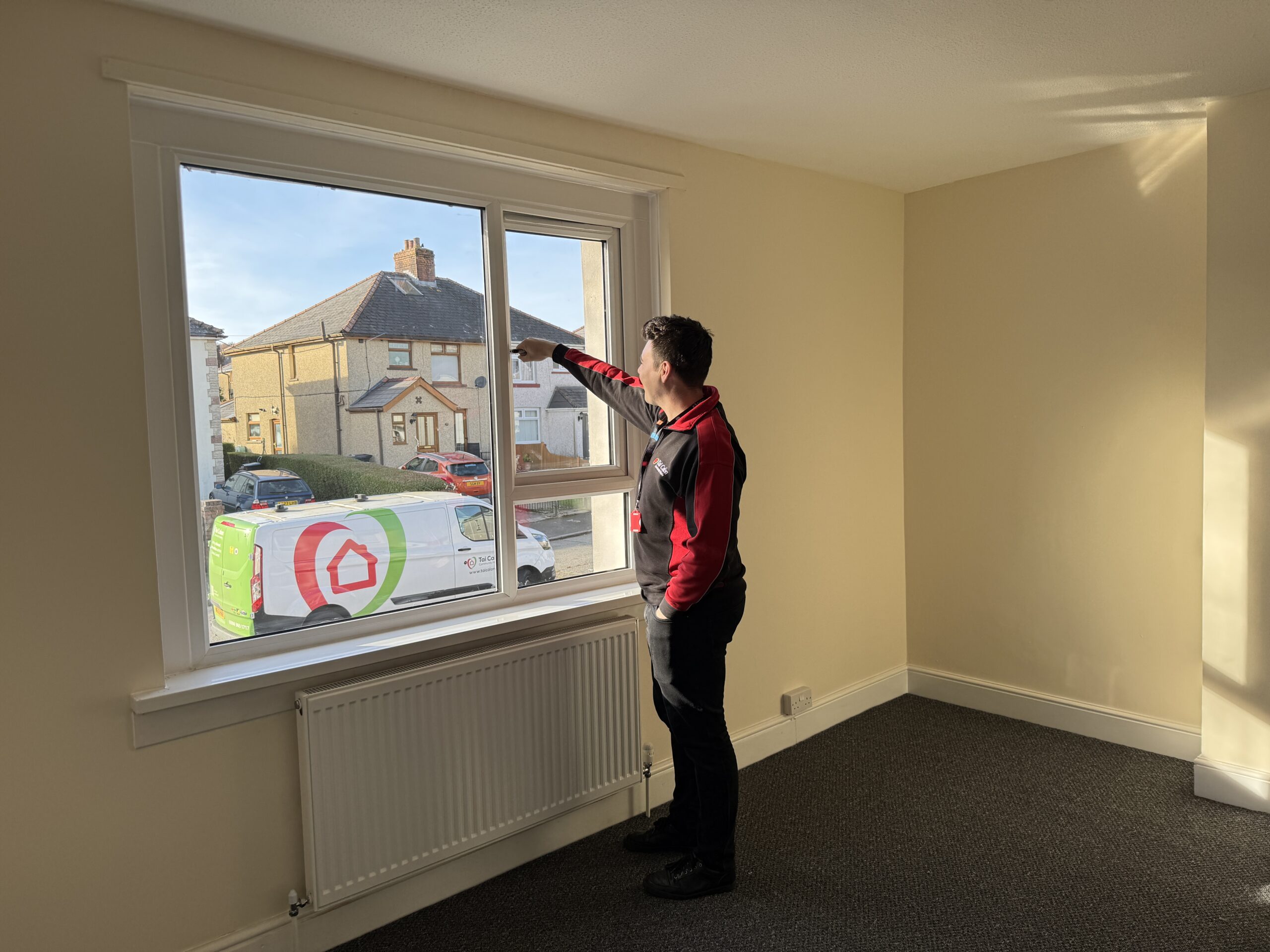Proper ventilation is crucial for maintaining a healthy living environment by reducing indoor air pollution and excess moisture.
Without proper ventilation, indoor air can become polluted by a build-up of chemicals and organic materials from everyday activities such as cleaning, cooking, smoking, and even from things like dust, new furniture, pets and candles. This indoor pollution can negatively impact the health of everyone in the household, especially vulnerable groups such as the elderly, children, infants, pregnant women, and individuals with existing health conditions affecting the lungs, heart, skin, or immune system.
Regularly introducing clean, fresh air into your home can greatly improve your overall well-being. The more people or pets in your home, the greater the need for proper ventilation. It’s also essential to manage the moisture in your home by ventilating to prevent problems like condensation, mould growth, and infestations of dust mites or bed bugs, all of which can compromise your health and comfort.
In addition to improving air quality, proper ventilation helps maintain a balanced humidity level in your home. Excess moisture can accumulate from everyday activities like showering, cooking, and even drying clothes indoors. If this moisture is not removed through adequate ventilation, it can lead to the growth of mould and mildew, which can trigger respiratory issues, allergies, and skin irritation. Moisture build-up can also damage your home’s structure over time, affecting walls, ceilings, and floors, leading to costly repairs. Regularly ventilating your home helps manage humidity, keeping both your living environment and your property in good condition.
Another benefit of effective ventilation is its ability to regulate indoor temperature. During warmer months, proper airflow helps cool your home by allowing hot, stale air to escape while bringing in cooler, fresh air from outside. In colder months, controlled ventilation will help manage condensation, which often forms on windows and walls due to the contrast between warm indoor air and cold outdoor temperatures. By optimising ventilation throughout the year, you can create a more comfortable and healthier living environment for yourself and your family.
It’s essential to understand which daily activities in your home contribute to air pollution or increase moisture levels, as well as how to manage them effectively using the information in our Healthy Homes booklet to maintain a healthy living environment.
What household activities can contribute to poor indoor air quality?
- Decorating
- Pets
- Fish tanks
- Cleaning
- Cooking
- Tumble dryers,
- Drying laundry indoors
- Bathing or showering
- Exercising
These can all contribute to poor indoor air quality and raise humidity levels. While these activities are a normal part of everyday life, it’s important to be mindful that they can lead to an increase in moisture and airborne pollutants if not managed properly. We suggest ensuring you ventilate your home adequately and frequently to prevent issues mentioned above. The need for ventilation becomes even more important when more people are living in the home, further contributing to indoor pollution and high moisture levels.
If you’ve recently had improvement works done—such as installing new doors, windows, or insulation—your home may be more energy-efficient and free from draughts, but these upgrades also reduce natural ventilation. As a result, it’s vital to increase the frequency of ventilating the home compared to what you may have done before the improvements. By staying proactive and understanding the importance of ventilation after home improvements, you can ensure your home remains a healthy and comfortable space for everyone.

